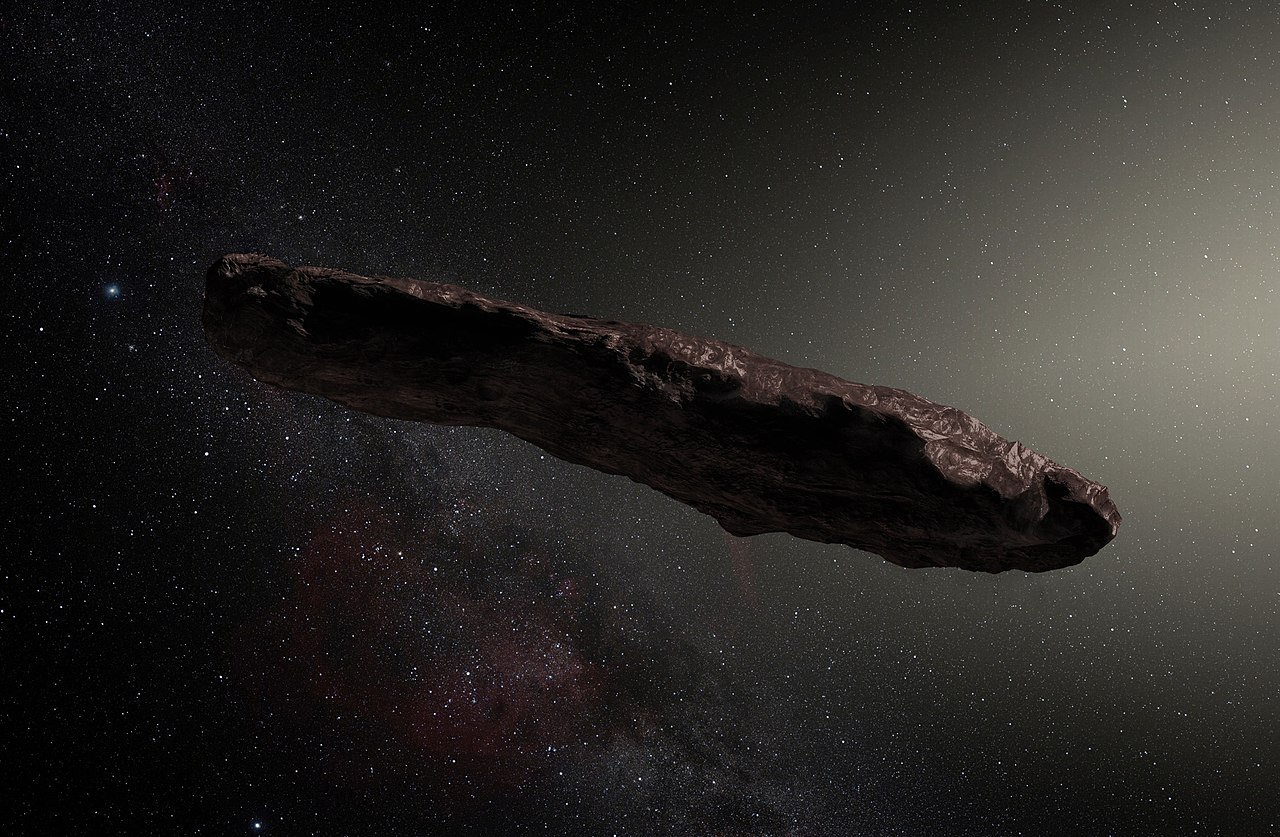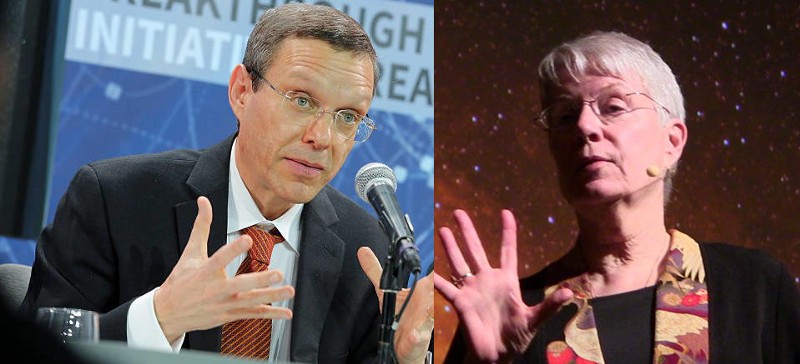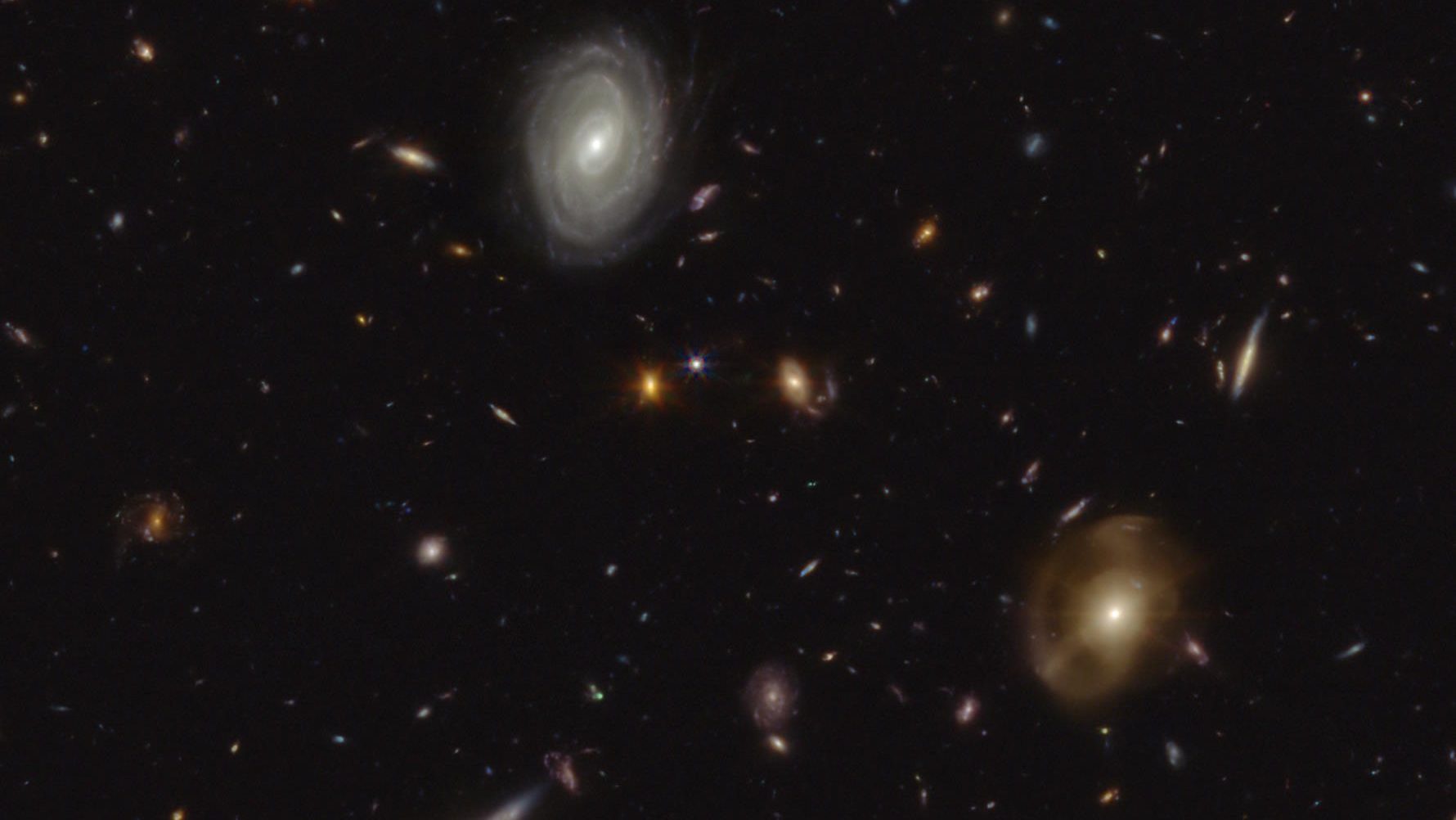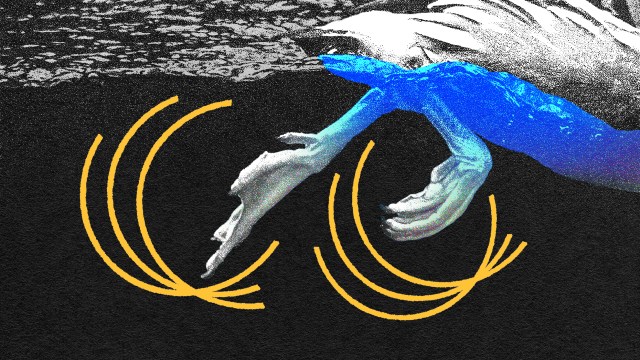The humiliating truth behind Harvard astronomer’s “alien” spherules
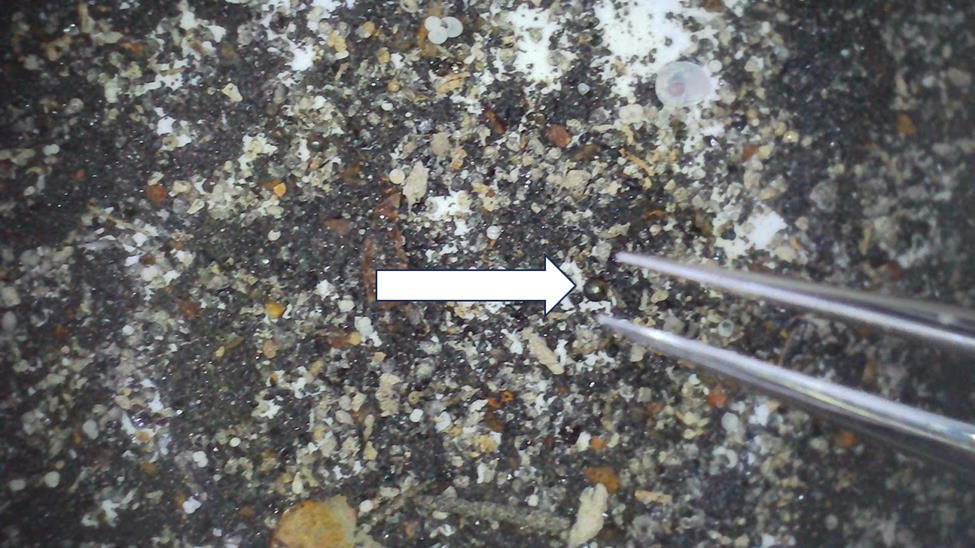
- In 2014, a meteor like many others crashed into Earth: with a poorly measured velocity, trajectory, and impact location, of a relatively small, modest size.
- One astronomer, however, made the extraordinary claim that it was interstellar and possibly of alien origin, and further claimed to recover fragments from the event from an ocean expedition.
- Since those claims were first made, many experienced planetary scientists have attempted to teach this astronomer how to properly conduct research in their field, to no avail. Now the science gets its say.
One of the most common, and unfortunately well-deserved, tropes is that of an arrogant physicist who shamelessly wanders into a field that’s new to them. Armed with their knowledge, experience, and problem-solving abilities, they falsely believe that their lack of familiarity with an entire field of science is no obstacle to making meaningful contributions that the “mediocre” scientists working in that inferior field would have no chance at making. It’s such a common theme that xkcd made a brilliant comic years ago whose text reads:
“You’re trying to predict the behavior of <complicated system>? Just model it as a <simple object>, and then add some secondary terms to account for <complications I just thought of>.
Easy, right?
So, why does <your field> need a whole journal, anyway?”
Rarely is someone with this attitude humble enough to make any meaningful contributions in this new field, as they lack the fundamental attitude of being ready to learn what they don’t know while simultaneously being willing and eager to let go of their incorrect, previously-held misconceptions in favor of a more correct way of thinking. Instead, they typically stand in the way of the very good science being done by the experts in that field, and confuse an ill-informed general public even further, damaging the entire enterprise of science.
Continuing the long and storied traditions of physicists without shame in exactly this fashion, Harvard astronomer Avi Loeb dubiously claimed that:
- an interstellar meteor struck Earth in 2014,
- that meteor was possibly made of alien technology,
- it landed in a specific place in the ocean,
- and that his expedition recovered those fragments and determined that they are of alien origin from beyond our Solar System.
Unfortunately for Avi Loeb, actual scientists who understand how this type of science is done are on the case, and the result is clear. Loeb’s claims were baseless, and his position, on the basis of the scientific merits, is nothing but embarrassing.
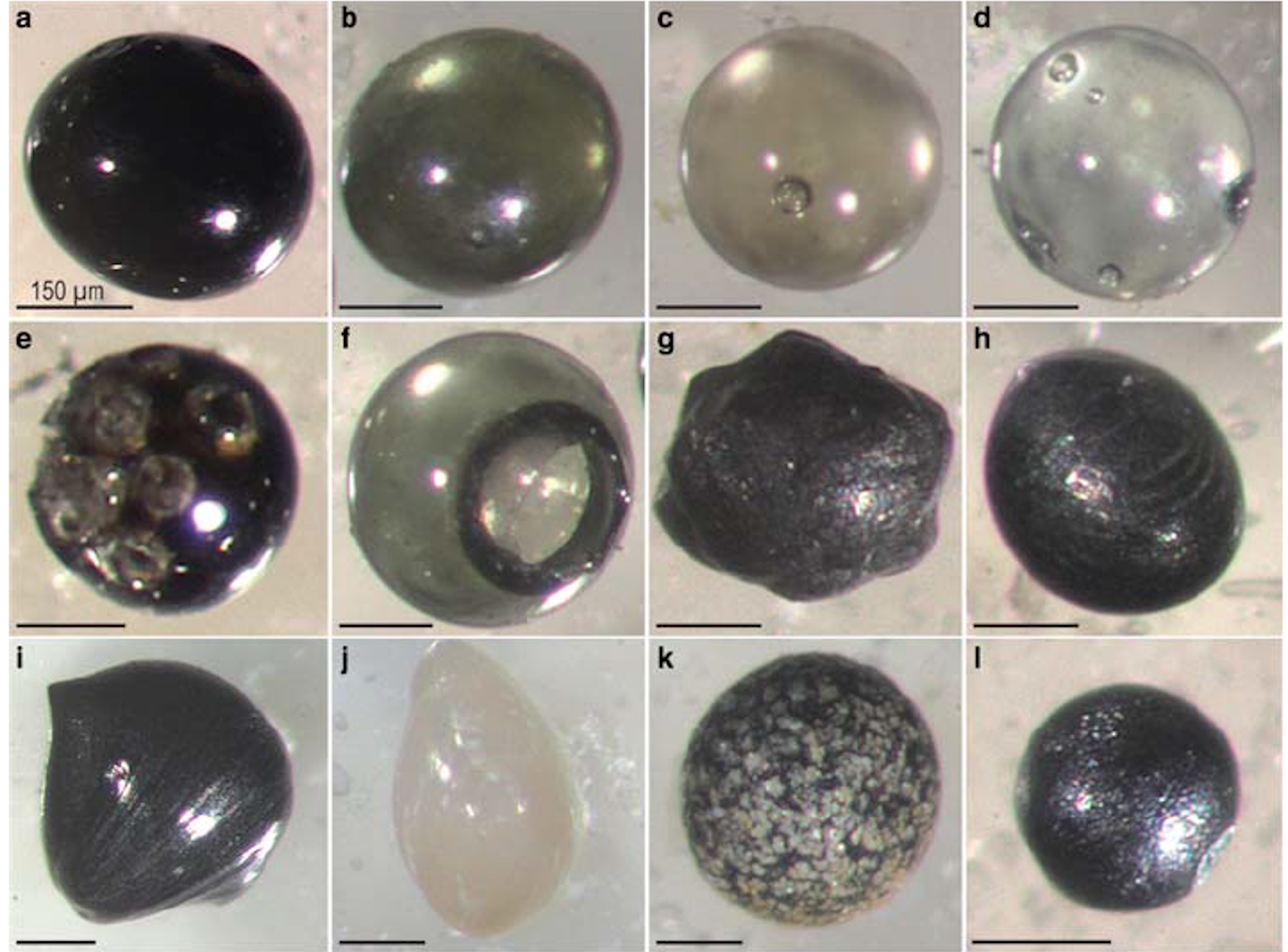
Problem #1: The seismology data used to locate this meteorite wasn’t due to an impact, but merely a truck passing near the seismic station. With our space-based sensors, we can monitor the Earth and determine when bolides, or large meteors, enter Earth’s atmosphere. While we can get a rough position, trajectory, and speed for these objects, the database that contains this information never publishes uncertainties on their measurements, forcing scientists to collect better data with their own instruments if they want to glean that information.
Initially in 2019, Loeb and his then-undergraduate student put forth a claim that this was definitely an object of interstellar origin based on the data collected by the sensors, only for others to rightfully rebut that claim. It was pointed out that:
- the sensors are limited in their precision and no such conclusion could rightfully be drawn,
- that declaring a meteor to be “interstellar” in origin is a direct result of measurement error propagation,
- and that asteroid-like or comet-like objects originating from within our Solar System could account for all of the allegedly interstellar meteors.
Instead of learning from this, Loeb doubled down on his unfounded earlier claim and declared that this meteor was extrasolar in origin, and moreover, that he was recovering fragments from its fall.
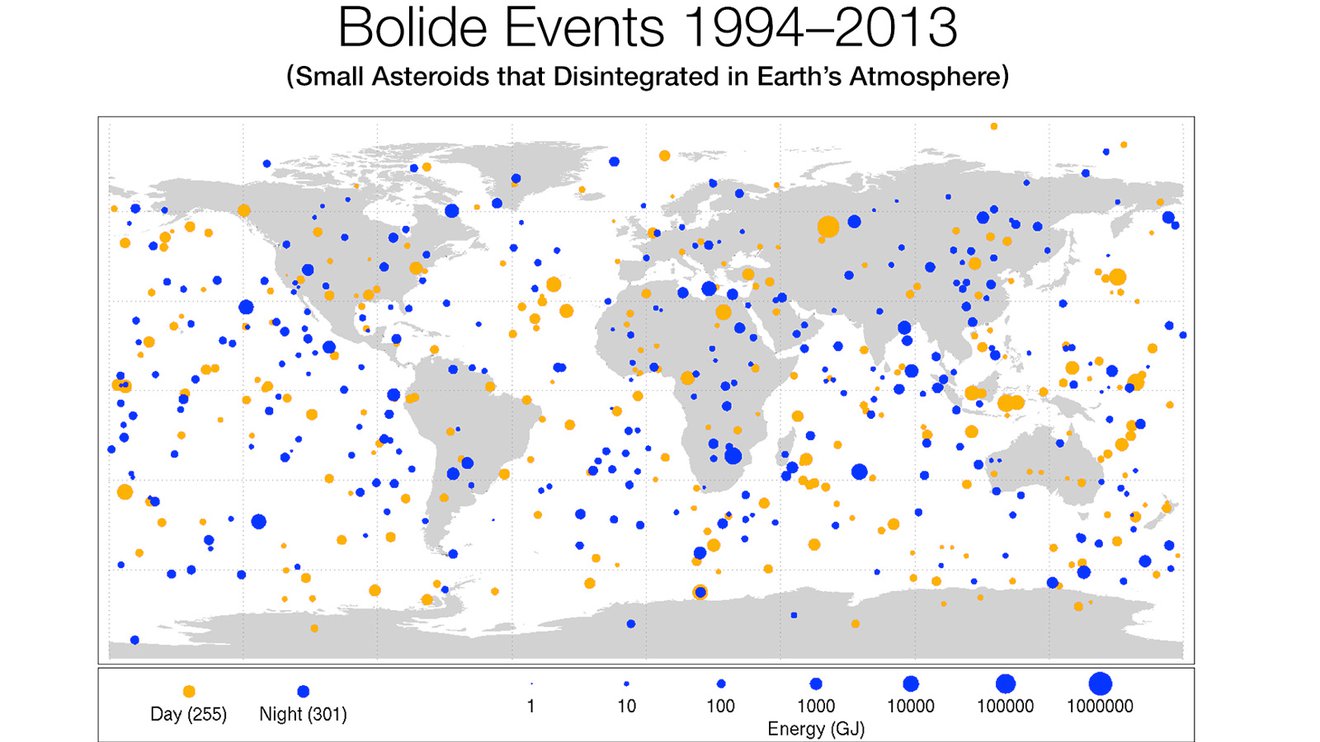
In a recent paper whose results were just presented at the 2024 Lunar and Planetary Science Conference, a team of planetary scientists noted that the so-called interstellar meteor from 2014, as was previously shown, might have an accurate energy estimate reported from space-based sensors, but the:
- location,
- airburst height,
- speed,
- and radiant (i.e., direction-of-origin),
of the object are all highly unreliable based on those sensor’s capabilities. However, in their “double down” paper, Loeb and his (now-former) student claimed that the exact trajectory, and therefore the exact “fall location” of this meteorite, could be localized through the use of seismic data, and it was that trajectory reconstruction and fall location that Loeb used to determine where to search the ocean floor for remnants of this meteor.
However, absolutely every step that Loeb took along this intellectual path was flawed. For one, he only used seismic data from one station, not the multiple stations required to pin down a location. (The fact that three stations are necessary is why this method is usually called “triangulation.”) For another, there is no way that Loeb could have narrowed the impact location down to such a small area given this data. But the biggest flaw of all is that the data from the one seismic station he used was not even recording the fall of a meteorite, but rather the seismic noise induced by a truck that was passing by on a nearby road to the seismic station.

As reported to the New York Times by lead study author Benjamin Fernando, they were able to conclude this seismic signal was from a truck and not a meteor by looking:
“…at two weeks of data around the time of this event. We saw hundreds of similar signals like the one Loeb studied. If there are hundreds, they can’t all be meteors. Of those hundreds of signals, most occur during daylight hours. The one Loeb saw, the ones we saw, all happen much more during the day. That’s an indication of anthropogenic noise.
Then we looked at the exact signal he was looking at, and it was coming from a main road. Over time, it moved from a main road in the direction of a hospital, and then back to the main road. So, from analyzing the data, it looks to us like the signal is much more likely to have come from a truck turning off the main road, driving past the seismometer near the hospital and then driving the other way.
There was no meteor involved whatsoever.”
Despite this finding, Loeb tripled down on the dubious and unreliable trajectories reported in the CNEOS data set. But the situation gets even worse the deeper you look into the story.

Problem #2: the spherules collected, which most certainly were not related to any recent meteor falls, show strong evidence that they not only come from within our own Solar System, but come from the most familiar source of all, the Earth itself. After leading a dubious expedition, where the bottom of the ocean was raked with a magnetic rake and numerous 100 micron-to-1 millimeter metallic spherules were recovered from Loeb’s chosen location, Loeb analyzed these spherules and determined that they were, in fact, of interstellar origin based on the different element and isotope ratios seen inside of these samples.
However, an independent look at the results showed that these spherules were in fact 100% consistent with having a Solar System origin, as the strongest piece of evidence had to do with the isotope ratios of iron found inside. Specifically, there are four naturally occurring iron isotopes, and their relative ratios are:
- 54Fe: 5.84%,
- 56Fe: 91.7%,
- 57Fe: 2.12%,
- and 58Fe: 0.28%.
In planetary science, there’s a line known as the TFL: the terrestrial fractionation line, that can be applied to isotopes of any given element. The basic idea is this: any sample that undergoes a chemical reaction, including simple heat-driven vaporization, will lose isotopes, but will lose its lighter isotopes faster than the heavier ones, proportional to 1/√(mass). Therefore, if you have a sample of, say, iron, you can test whether it’s consistent with originating in our Solar System by seeing if it falls on the TFL line for iron isotopes, or not, by showing it departs from that line by substantial amounts.
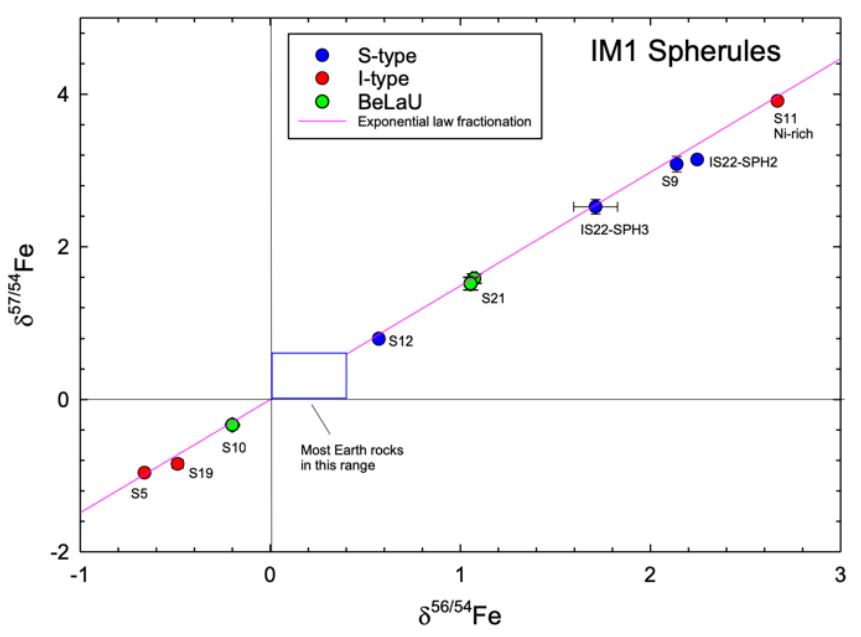
As planetary scientists Steve Desch and Alan Jackson showed quite definitively, these spherules all exist exactly on or extremely close to this TFL line, which is exactly what one would expect based on known planetary science if these objects originated from within our Solar System. Other stellar systems have isotope ratios that should vary by a factor of ~1000 over and above the maximum variations seen in Loeb’s samples, further disfavoring an interstellar origin. Nevertheless, Loeb went ahead and authored a new publication earlier this year with detailed isotope and element analyses of these spherules, and then, in a statement that wasn’t subject to peer review (unlike the RNAAS paper), again concluded that these spherules have exotic compositions that differ from other materials that originate from within our Solar System.
But that is not consistent with what planetary science teaches us.
Instead, samples with these compositions are not just found all over the Earth, but they are of known origin: they come from the Earth itself. Specifically, they arise from a type of rock known as lateritic sandstone: a type of sedimentary rock that has formed relatively recently in Earth’s geological history. Based on the location of the spherules found and the varied compositions that they possess, planetary scientist Steve Desch has written a paper proposing, with copious amounts of supporting evidence, that they:
- arose from the Australasian tektite strewn field,
- were generated approximately 788,000 years ago,
- by an energetic impact event that melted and ejected ~100 million tons of sandstone (including a lateritic layer),
and that this is compounded by a vital piece of evidence that Loeb has continually overlooked.
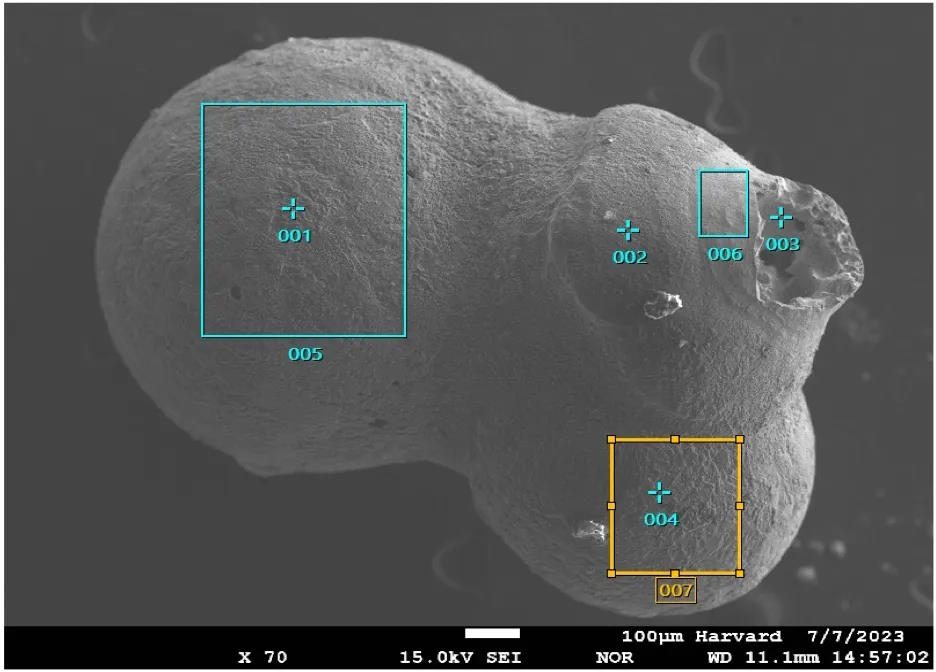
That vital piece of evidence? The fact that many of these “spherules” are not spherical at all, but rather many are non-spherical and even exhibit a compound nature: like multiple smaller spheroidal, ellipsoidal, and irregularly shaped bodies that have been stuck together. This can happen in an aqueous environment on Earth, and the fact that we see compound hematite spherules on Mars is a piece of strong evidence often cited to indicate that they arose from a once-watery past on the red planet.
However, one thing that can’t give rise to a compound, non-spherical set of bodies that have been stuck together is the one thing that Loeb contends this event absolutely was: ablation spherules from a bolide.
In order for these spherules to be interstellar in origin, as Loeb has claimed from the outset without any sort of sufficient evidence, that’s what these spherules would have to be: ablation spherules from a bolide, and that bolide must have had an interstellar origin. From both the composition of these objects, which indicate a terrestrial origin and whose iron isotope ratios all fall along the TFL line, as well as the isotope ratios of iron and the abundances of other elements, Desch concludes:
“…the case for isotopic fractionation during atmospheric entry is ambiguous, but the fact that these spherules are so close to the terrestrial isotopic ratios means that an interstellar origin can be effectively ruled out.”
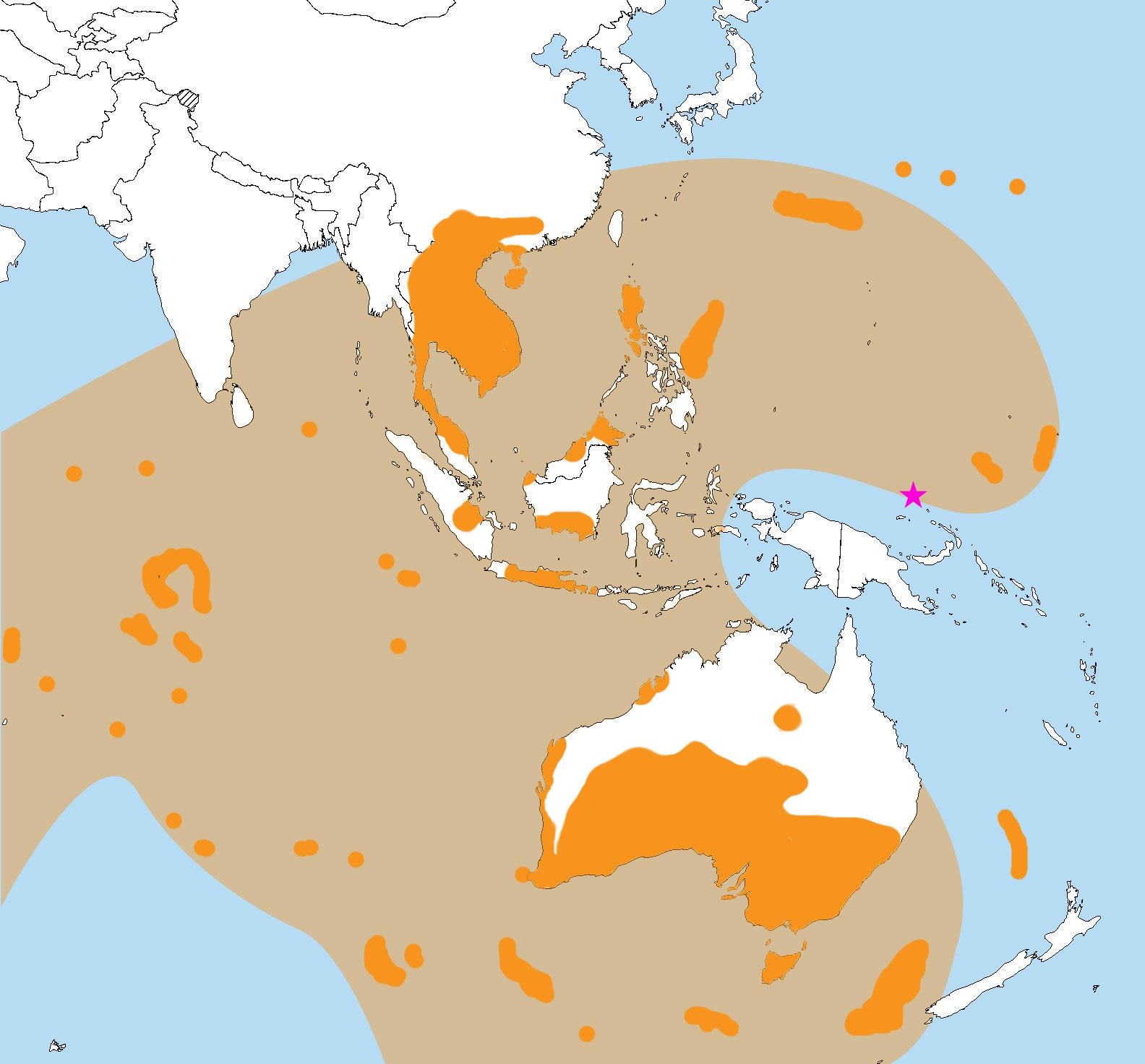
Problem #3: Loeb’s claim that the presence of elements rarely found in common meteorites, like Beryllium, Lanthanum, and Uranium, as well as other rare elements, indicate not only an origin beyond our own Solar System, but a technological origin for these samples. Some of these spherules may be tektites, but perhaps others have a different explanation for their properties. The strongest candidate for being the real culprit? Believe it or not, it’s simply ash arising from the burning of coal: a very human activity that has taken place since the start of the industrial revolution, and has, in an aqueous environment, the ability to react with the spherules on the bottom of the sea floor. This was shown to be the case by Patricio Gallardo, who consulted the coal chemical composition (COALQUAL) database before finding a “smoking gun” match to the spherule contents that Loeb reported.
Loeb had previously claimed that the Beryllium, Lanthanum, and Uranium (BeLaU, for short) compositions of these objects, because those elements are not found in normal meteorites, are instead evidence that these spherules are not just from outside of our Solar System, but must be an indicator of alien technology. As is so often the case in crackpot circles, one extraordinary claim begets another, and Loeb’s speculations have led to others proposing truly wild scenarios, such as aliens using thermonuclear technology, to explain the properties of these spherules.
Unfortunately, there’s a much more mundane explanation: these spherules are simply the contaminants of coal ash, which not only contains Beryllium, Lanthanum, and Uranium within it, but in the same relative abundances as were found in Loeb’s samples.
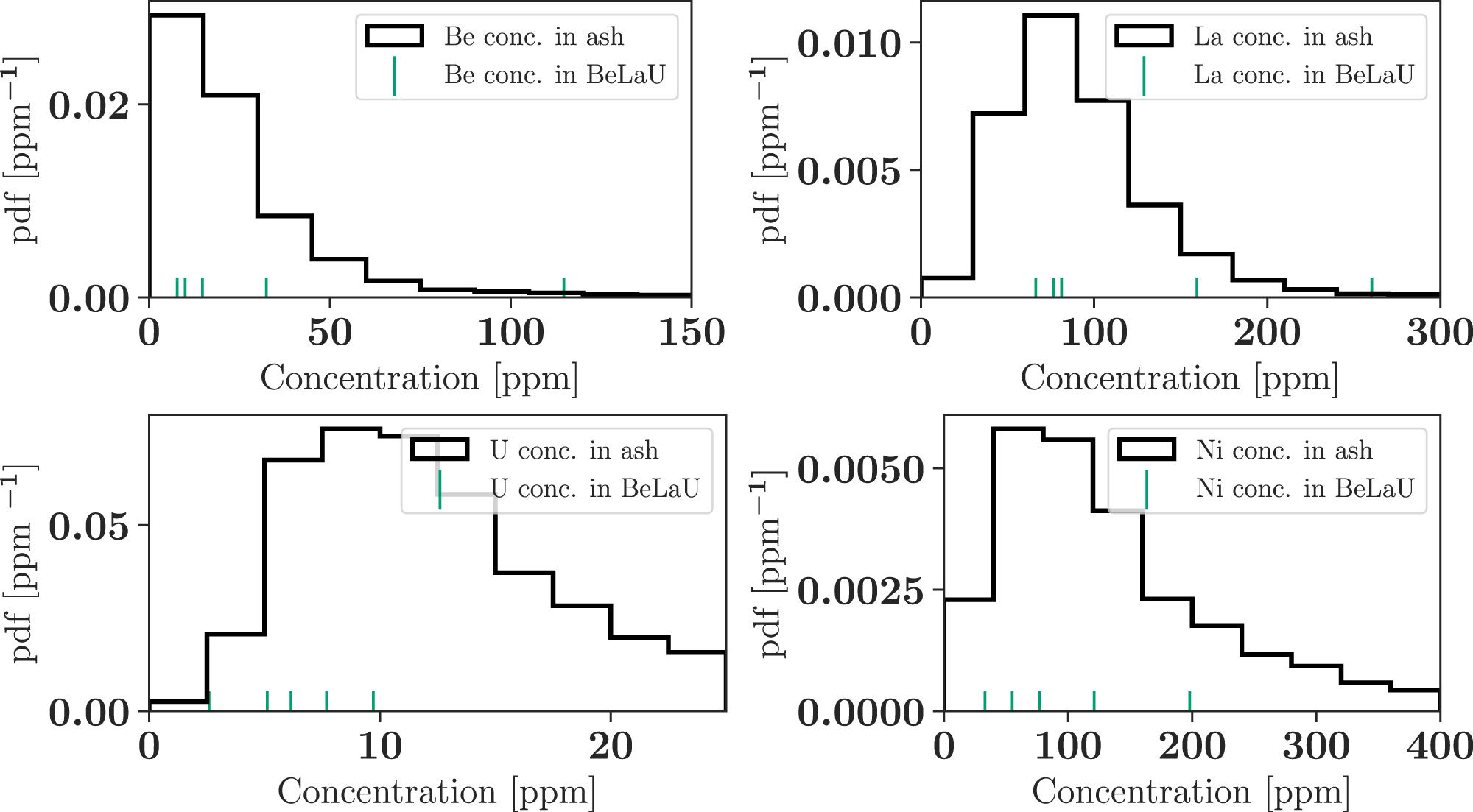
In fact, Patricio Gallardo was kind enough to share with me a preprint of a newly submitted paper he sent into the Research Notes of the American Astronomical Society before its acceptance for publication, where he went above and beyond his prior analysis to show the following.
- All of the beryllium, lanthanum, and uranium concentrations found in Loeb’s spherules that contain them fall well within the expected range of coal ash.
- The average elemental concentrations of 12 of these micro-spherules are found in the COALQUAL database for 98% of the elements examined: 49 out of 50 of them.
- The “BeLaU” pattern, as he calls it, is not unique, and in fact can be reproduced using the standard coal NIST standard, SRM1633a, along with a chondritic normalization.
- The rare earth elements similarly agree with the coal ash standard.
And therefore, as Gallardo concludes, the terrestrial coal ash is “curiously very similar to the collected spherules,” which leaves an origin from a recent meteoric event, at best, a great uncertainty.
In fact, you can look at the image below (lifted from Gallardo’s upcoming publication), and see for yourself that Loeb’s “unusual BeLaU pattern” is a practically perfect match for the coal ash explanation, now shown more robustly than ever.
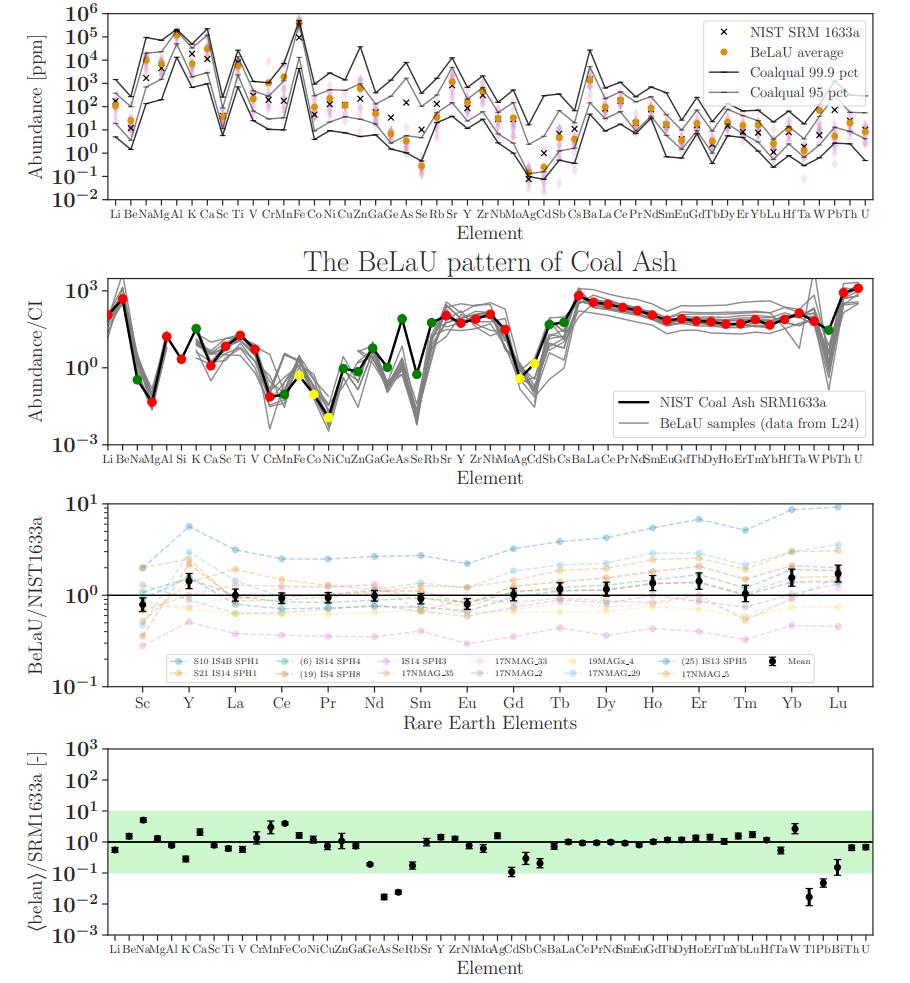
Quite wonderfully, however, there’s a silver lining to all of this for everyone involved. Loeb’s outrageous and unsupportable claims, however wrongheaded they are, have drawn attention to a field of science that is all too often neglected: planetary science, and specifically the science of objects that fall to Earth and that have collected on the seafloor over thousands or even millions of years. It has rewarded those patient and diligent enough to learn the difference between what an authoritative-sounding voice claims and what is actually true, and it has even provided Avi Loeb himself with an opportunity to learn how to become a solid planetary science practitioner, if he chooses to someday walk down that path.
But to all others, this should go down as a cautionary tale. Any scientist who seeks to enter a field outside of their own must understand this: you must first gain the necessary expertise to learn what doing science responsibly looks like in a new field. Otherwise, you run the risk of not merely doing poor science, but of fooling yourself into believing you’re making a world-changing breakthrough, when in fact you’re not doing science at all. In the worst-case scenario, you’ll find yourself fudging the data in order to fit your preferred conclusion.
This still has the opportunity to be a learning experience for everyone involved, and may even herald an era where someday, the first interstellar meteorites can be truly identified. Until then, this has been an extraordinary lesson in not only how non-experts can fool themselves, but how thoroughly we must guard against being led astray by someone who refuses to learn the expertise necessary to contribute meaningfully to a scientific field.


